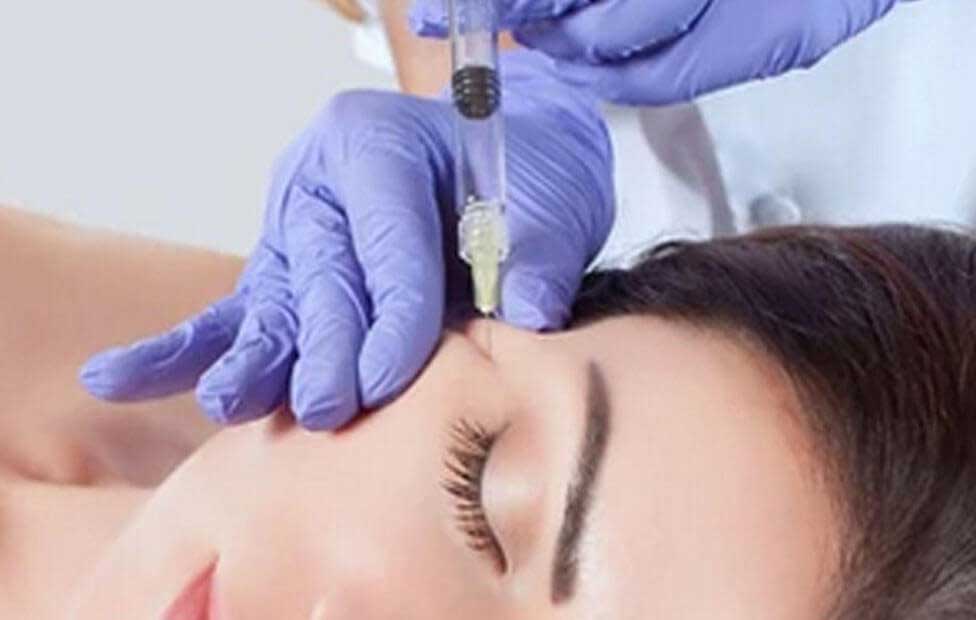Hyaluronic acid filler - Dr Yeung Ho Hong 楊浩康

Hyaluronic Acid Fillers: A Safe Choice for Facial Rejuvenation
Hyaluronic acid fillers are a common non-surgical cosmetic treatment widely used to address facial depressions, wrinkles, and sagging associated with aging. These fillers are typically composed of 透明質酸 (Hyaluronic Acid), which, when injected into the skin, quickly increases moisture in the targeted area, plumping facial contours and smoothing fine lines. Hyaluronic acid fillers are not permanent; their effects generally last between 6 to 18 months, during which they are gradually absorbed by the body, requiring follow-up maintenance treatments to sustain long-term results.
Applications of Hyaluronic Acid Fillers
Hyaluronic acid fillers can be applied to various facial areas. Common treatment sites include the cheeks, lips, nasolabial folds (lines from the nose to the corners of the mouth), marionette lines (lines from the corners of the mouth to the chin), and under-eye hollows. Treatment methods and injection techniques vary slightly depending on the area, so prior to administration, a doctor will thoroughly assess the patient’s facial structure and needs to develop a personalized treatment plan. This ensures that the post-treatment facial contours appear natural and harmonious while achieving a rejuvenated effect.
Risks and Precautions in Treatment
Although hyaluronic acid fillers are generally considered safe, like any medical cosmetic procedure, they carry certain risks. These may include localized infections, allergic reactions, and rare but serious complications such as vascular occlusion. Vascular occlusion can lead to skin ulcers or tissue necrosis, making it critical to choose an experienced and qualified doctor for the procedure. Additionally, patients should fully understand potential side effects before treatment and strictly adhere to pre- and post-treatment care instructions to minimize risks.
In addition to hyaluronic acid fillers, other types of dermal fillers are available on the market, such as those made from 羥基磷灰石 (Hydroxyapatite), 聚乳酸 (Poly-L-lactic Acid), and 聚甲基丙烯酸甲酯 (Polymethylmethacrylate). Each filler has unique physical properties and indications, and doctors will select the most suitable option based on the patient’s facial needs, skin condition, and desired outcomes.
Hyaluronic acid fillers can also be combined with other cosmetic treatments, such as 肉毒桿菌注射 (Botox) or laser resurfacing, for more comprehensive facial rejuvenation. Botox is primarily used to relax wrinkles and areas of excessive muscle tension, while laser treatments improve skin texture, resulting in smoother, younger-looking skin. This combined approach not only enhances facial contours but also significantly improves overall skin quality, making it a preferred choice for many beauty seekers.
During the treatment process, patients need to schedule regular follow-up visits so the doctor can evaluate the results and adjust the injection plan based on the individual’s metabolism. As we age, the skin’s natural hyaluronic acid content gradually decreases, and timely supplementation can effectively maintain skin elasticity and hydration. It’s important to note that hyaluronic acid fillers are not a permanent solution, as their effects fade over time, making periodic maintenance treatments a key strategy for preserving a youthful appearance.
In summary, hyaluronic acid fillers are a vital technique for non-surgical facial rejuvenation. Through proper injection techniques and personalized treatment plans, they effectively improve facial depressions, wrinkles, and other signs of skin aging. While this treatment is relatively safe, selecting a qualified professional, understanding the risks, and following post-treatment care remain critical to successful outcomes. Patients should develop a long-term care plan based on their needs and maintain close communication with their doctor to ensure optimal cosmetic results and satisfaction.
